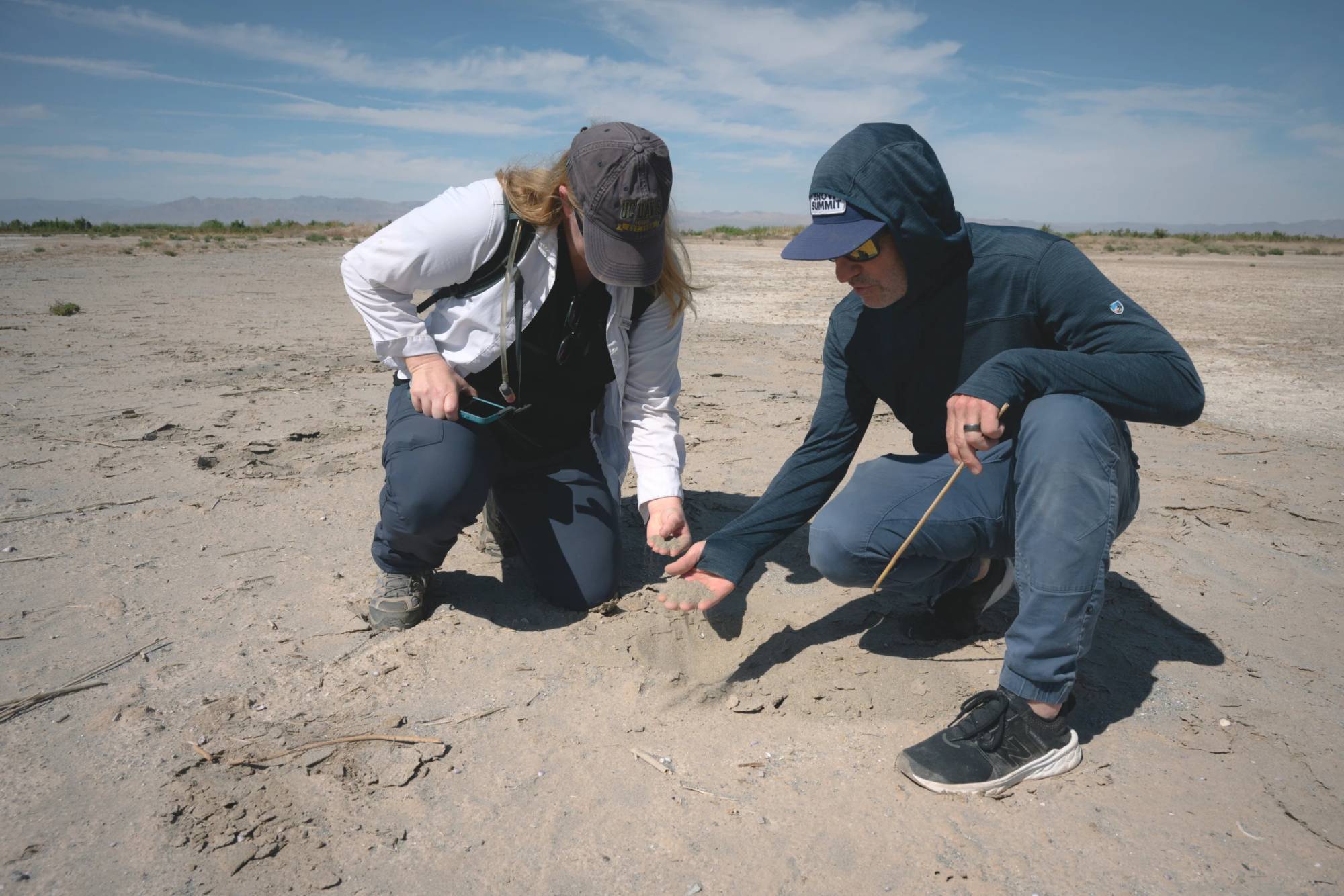
"Amato Evan was in the desert when the dust storm arrived. Evan was near Ocotillo Wells, in the western foothills of the Imperial Valley. The winds approached from the West as the sun was setting, stirring up the powdery soil. Suddenly, the dust was all around them. Evan tried to keep an eye on the ground, but he could barely see where he was going. His heart raced."
"At least eight major dust storms have erupted in the Imperial Valley and the neighboring Coachella Valley since the turn of the century, according to the National Oceanic and Atmospheric Administration. Half of those storms have taken place in just the last five years. The events, also known as haboobs, can make travel hazardous and cause accidents or leave people stranded in remote areas. They can also carry harmful particles that burrow deep into the lungs."
"Around the Salton Sea, dust storms have become an increasing problem , sparking dozens of public health studies. But many Imperial Valley residents have grown weary of repeated studies that all basically say the same thing: that the air quality is bad and getting worse. One group of scientists is trying to focus on solutions instead. National Parks are once again caught up in the middle of the federal government shutdown."
Dust storms around the Salton Sea have increased in frequency, prompting numerous public health studies. Many Imperial Valley residents report fatigue with repeated studies that conclude worsening air quality. A group of scientists is shifting focus toward practical solutions. National Parks have faced impacts from federal government shutdowns, with previously unstaffed parks suffering vandalism and environmental damage during a more-than-30-day closure in 2018–2019. Amato Evan, a Scripps Institution of Oceanography atmospheric sciences professor, experienced a desert haboob near Ocotillo Wells and described near-zero visibility and heightened anxiety. At least eight major haboobs have occurred since 2000, half in the past five years, and these storms can carry particles that penetrate deep into lungs, creating travel hazards and stranding people.
Read at Kqed
Unable to calculate read time
Collection
[
|
...
]